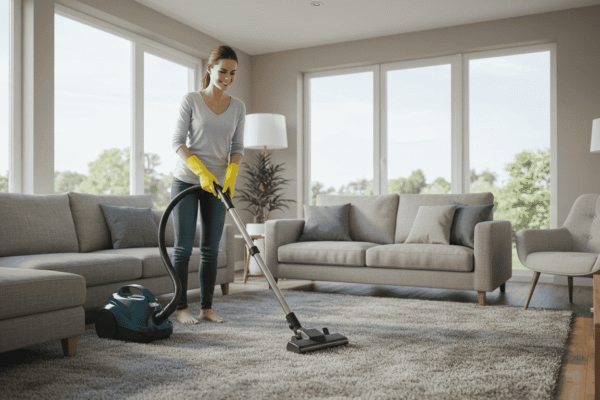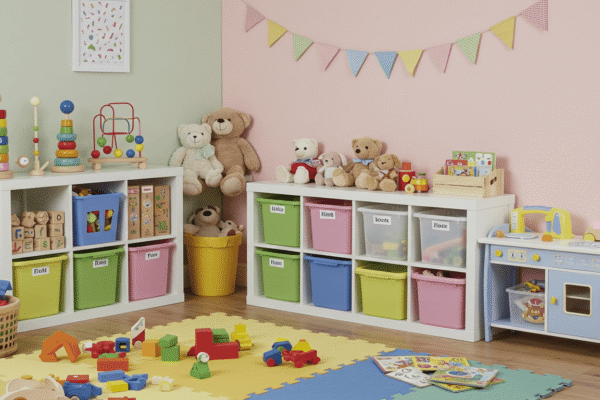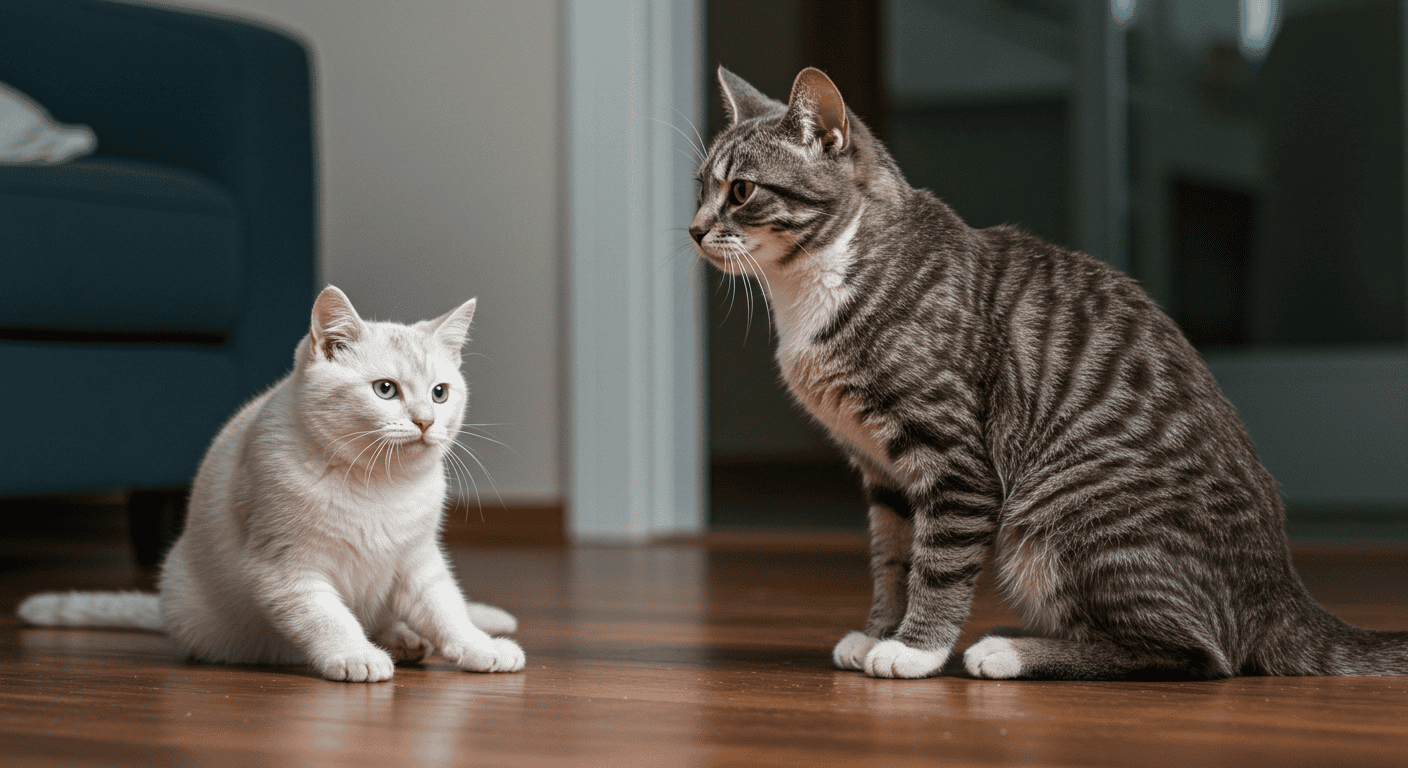Pet odor eliminator solutions are a must-have for every pet owner who wants a fresh and inviting home. Pets bring joy, but they also bring smells that can linger stubbornly on carpets, furniture, and in the air. Whether it’s from pet urine, wet fur, or just everyday pet activity, these odors can be tough to get rid of. Luckily, with the right hacks and easy-to-follow tips, you can remove pet smell from home naturally and effectively. In this post, we’ll explore quick, practical, and creative ways to keep your space smelling clean without relying on harsh chemicals—making your home fresh and welcoming for both you and your furry friends.
Why Pet Odors Happen and Why They’re Tough to Remove
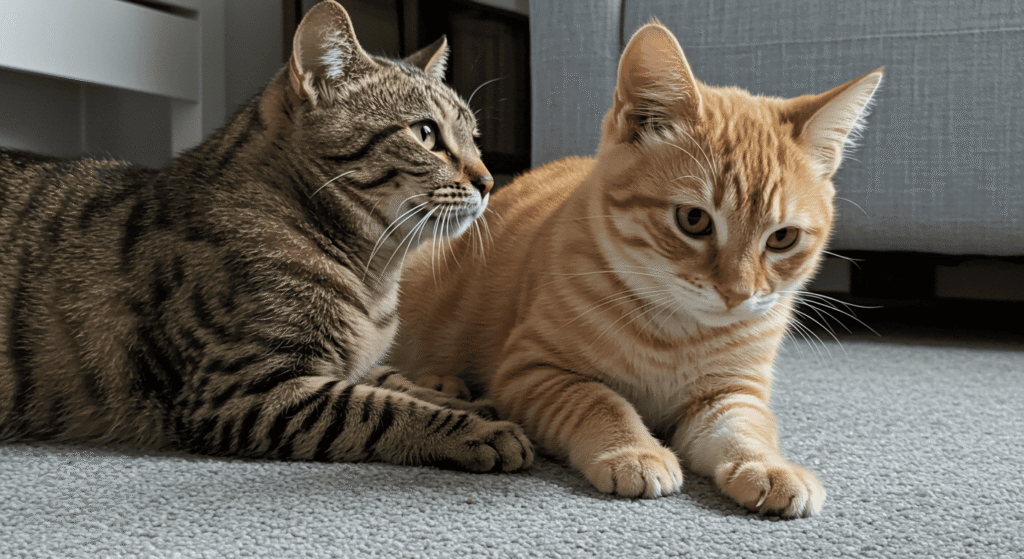
Understanding why pet odors develop and why they can be so persistent is the first step toward effectively using a pet odor eliminator. Pets naturally produce smells through their fur, breath, and bodily functions, but the environment around them plays a huge role in how those odors linger or spread. Without addressing the root causes, even the best pet odor eliminator won’t provide lasting freshness. Let’s dive into the science and common sources of these stubborn smells so you can tackle them with confidence.
The Science Behind Pet Smells: What Causes That Stubborn Odor?
Pet odors are more than just “smelly fur.” The main culprits are organic compounds released by bacteria and yeast that naturally live on your pet’s skin and coat. When pets sweat, shed, or have accidents, these compounds multiply and interact with materials in your home, creating those persistent, often unpleasant smells. Additionally, pet urine contains ammonia and other compounds that break down and cause strong odors, especially if left untreated. Understanding this helps explain why a simple air freshener or surface cleaner isn’t enough—true odor removal targets these biological sources.
Common Pet Odor Sources: More Than Just the Usual Suspects
When thinking of pet odor control, many focus on obvious areas like pet beds or litter boxes. However, odors can originate from less obvious places too. For example, saliva on furniture, hidden urine stains under carpets, or even the odors trapped in your pet’s favorite blankets contribute to the overall smell in your home. Dander, the tiny skin flakes pets shed, also carries odor-causing bacteria. Recognizing all these sources allows you to apply the right pet odor eliminator techniques to the right spots, ensuring no smelly corners are left behind.
How Odors Set Into Your Home: Fabrics, Carpets, and Air
Odors don’t just hang out in the open—they settle deep into fabrics, carpets, and even into the air particles circulating in your home. Porous materials like upholstery and rugs absorb moisture and oils, creating a perfect breeding ground for odor-causing bacteria. Over time, these smells intensify if not treated properly. Airborne particles also carry pet odors, which is why a pet odor eliminator for surfaces alone might not be enough to freshen your space completely. To effectively refresh your home, it’s important to address odors at their source, both on surfaces and in the air.
Quick Daily Hacks to Keep Pet Odors at Bay
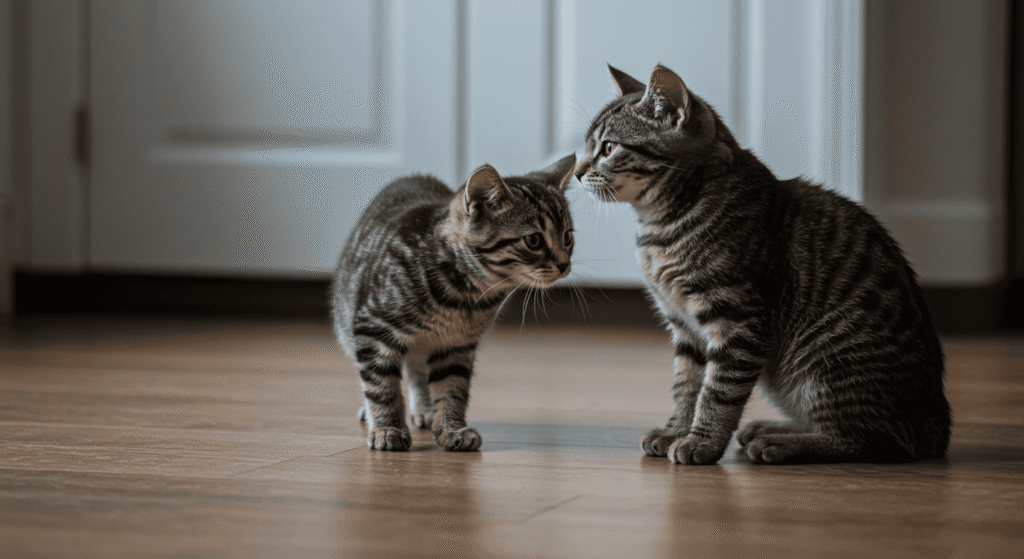
Keeping your home fresh when you have pets doesn’t have to be complicated or time-consuming. Incorporating simple, daily habits can dramatically reduce the buildup of odors and make your pet odor eliminator efforts much more effective. These quick hacks use everyday ingredients and practical tips to keep your living spaces smelling clean and inviting—without relying on harsh chemicals or expensive products.
Simple Routines That Make a Big Difference
Consistency is key when it comes to pet odor control. Small actions like wiping down your pet’s favorite resting spots, regularly washing bedding, and cleaning up accidents immediately can prevent odors from settling in. Daily vacuuming or sweeping helps remove pet hair and dander, which carry odors. Even simple habits, such as keeping litter boxes clean and washing food bowls frequently, contribute to a fresher home. These routines may seem minor but build up over time to create a big impact on how your home smells.
DIY Natural Sprays: Easy Recipes Using Ingredients You Have at Home
If you prefer natural solutions, DIY pet odor eliminator sprays are an excellent choice. Using ingredients like baking soda, white vinegar, and essential oils, you can create effective odor neutralizers that are safe for both your family and pets. These sprays can be used on upholstery, carpets, pet beds, and even in the air to freshen rooms quickly. They work by neutralizing odor-causing molecules rather than just masking smells, which makes them a smart and affordable addition to your cleaning routine.
The Power of Air Circulation and Ventilation
One of the most overlooked ways to fight pet odors is improving air flow in your home. Proper ventilation helps remove stale, odor-filled air and brings in fresh air that dilutes unpleasant smells. Opening windows regularly, using fans, or running exhaust vents in rooms where pets spend time can reduce odor buildup significantly. Pairing good air circulation with a reliable pet odor eliminator method can make your home noticeably fresher.
Table: DIY Pet Odor Eliminator Sprays
| Ingredients | How to Use | Best For |
|---|---|---|
| 1 cup water + 1 cup vinegar + 10 drops lavender oil | Mix in spray bottle, spray on carpets and furniture, let dry | Carpets, upholstery |
| 2 cups water + 2 tbsp baking soda + 15 drops lemon oil | Shake well, spray lightly on pet bedding or litter area, air dry | Pet beds, litter boxes |
| 1 cup water + 1 tbsp rubbing alcohol + 10 drops eucalyptus oil | Spray in air or on fabrics, avoid direct contact with pets | Air freshening, upholstery |
Deep Cleaning Tips for Tackling Embedded Pet Odors
Sometimes, daily hacks aren’t enough to fully eliminate pet odors that have deeply settled into your home. For those stubborn smells embedded in carpets, upholstery, and bedding, a thorough deep cleaning routine is essential. This section will guide you through effective techniques and practical advice to refresh your space and make your pet odor eliminator efforts truly last.
Enzyme Cleaners and How They Work (Without Overwhelming Chemistry)
Enzyme cleaners are a powerful tool in pet odor control because they break down the organic compounds causing the smell. Unlike surface-level sprays, these cleaners target the root of the problem by digesting proteins found in urine, saliva, and dander. The best part? You don’t need a science degree to use them. Simply apply the enzyme cleaner to affected areas, allow it to work for the recommended time, and then blot or rinse. This process neutralizes odors rather than just masking them, making it one of the most effective solutions for deep-seated pet smells.
How to Steam Clean Your Carpets Like a Pro
Steam cleaning is an excellent way to lift dirt, stains, and odors trapped in your carpets. The combination of heat and moisture not only cleans but also kills bacteria and neutralizes smells. Before steaming, vacuum thoroughly to remove loose pet hair and debris. Use a pet odor eliminator solution designed for steam cleaners or a DIY mix with natural ingredients for added freshness. Move the steam cleaner slowly to ensure deep penetration, and let carpets dry completely to prevent mold or mildew growth.
Upholstery and Bedding: Washing Hacks to Refresh and Deodorize
Your pet’s favorite spots—cushions, blankets, and bedding—can harbor intense odors if not cleaned regularly. For washable items, use hot water combined with a mild detergent and add a half cup of baking soda to help deodorize. For upholstery that can’t go in the washing machine, use a spray made from a DIY pet odor eliminator recipe or enzyme cleaner, then blot gently. Regular washing and spot cleaning will dramatically reduce lingering pet smells and keep your home smelling fresh.
Checklist: Step-by-Step Deep Cleaning Routine for Pet Odor Removal
- Vacuum carpets and upholstery thoroughly to remove hair and dander
- Apply enzyme cleaner to all odor-prone areas and let it sit as directed
- Steam clean carpets using a pet-safe solution or DIY mix
- Wash pet bedding and washable fabrics in hot water with baking soda
- Spot-clean non-washable upholstery with natural sprays or enzyme cleaners
- Allow all cleaned areas to dry completely before use
- Repeat deep cleaning every 1–2 months or as needed for persistent odors
Natural Odor Absorbers That Work Wonders
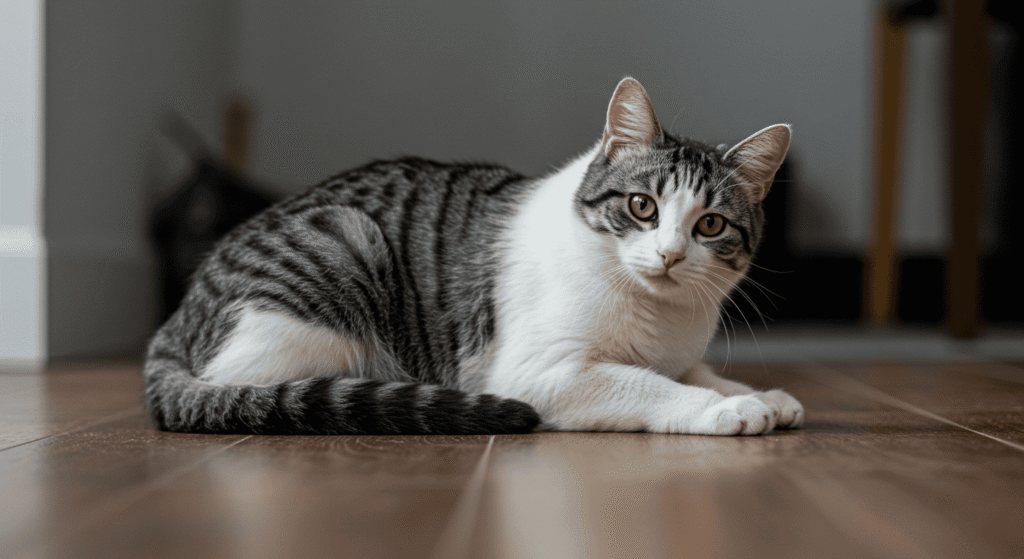
Using a pet odor eliminator doesn’t always mean relying on sprays or chemical solutions. Nature offers several powerful and safe odor absorbers that can help keep your home smelling fresh. These natural options work by neutralizing or absorbing smells rather than masking them, making them ideal for households with pets and children. Let’s explore some of the best natural odor absorbers and how you can incorporate them into your cleaning routine.
Baking Soda: The Unsung Hero of Odor Control
Baking soda is a classic and highly effective pet odor eliminator because of its natural ability to neutralize acids and bases, which are common in pet smells. It’s inexpensive, non-toxic, and incredibly versatile. Sprinkling baking soda on carpets, pet beds, or inside litter boxes helps absorb moisture and odors. After letting it sit for a few hours, simply vacuum it up to leave the area smelling fresh. You can even add a few drops of essential oils to baking soda for an added pleasant scent.
Activated Charcoal and Other Absorbent Materials
Activated charcoal is another natural powerhouse when it comes to pet odor control. Its porous structure traps odor molecules, preventing them from circulating in the air. You can place activated charcoal bags or pouches around your home in rooms where pets spend a lot of time. Other absorbent materials like zeolite or clay-based granules also work similarly to pull odors out of the environment naturally. These materials are long-lasting and require minimal maintenance.
Essential Oils That Actually Help – And How to Use Them Safely Around Pets
Certain essential oils can enhance your pet odor eliminator routine by adding natural fragrance and antibacterial properties. Oils like lavender, chamomile, and cedarwood are generally safe for use around pets in small amounts, but it’s important to use them carefully. Always dilute essential oils before applying, avoid direct contact with pets, and ensure proper ventilation. Using a diffuser or mixing oils with natural odor absorbers like baking soda creates a balanced, pet-friendly way to freshen your home.
Comparison Table: Natural Odor Absorbers
| Natural Absorber | Effectiveness | Safety Around Pets | How to Use |
|---|---|---|---|
| Baking Soda | High – neutralizes odors well | Very safe | Sprinkle on carpets, pet beds; vacuum after |
| Activated Charcoal | Very high – traps odor molecules | Safe if kept out of reach | Place in pouches in rooms, closets, near litter boxes |
| Zeolite / Clay Granules | Moderate – absorbs moisture and odors | Safe | Place in open containers near odor sources |
| Essential Oils (Lavender, Cedarwood) | Moderate – adds scent and antibacterial properties | Use with caution, dilute properly | Diffuse in air or mix with baking soda; avoid direct pet contact |
Pet Grooming Hacks to Reduce Odor at the Source
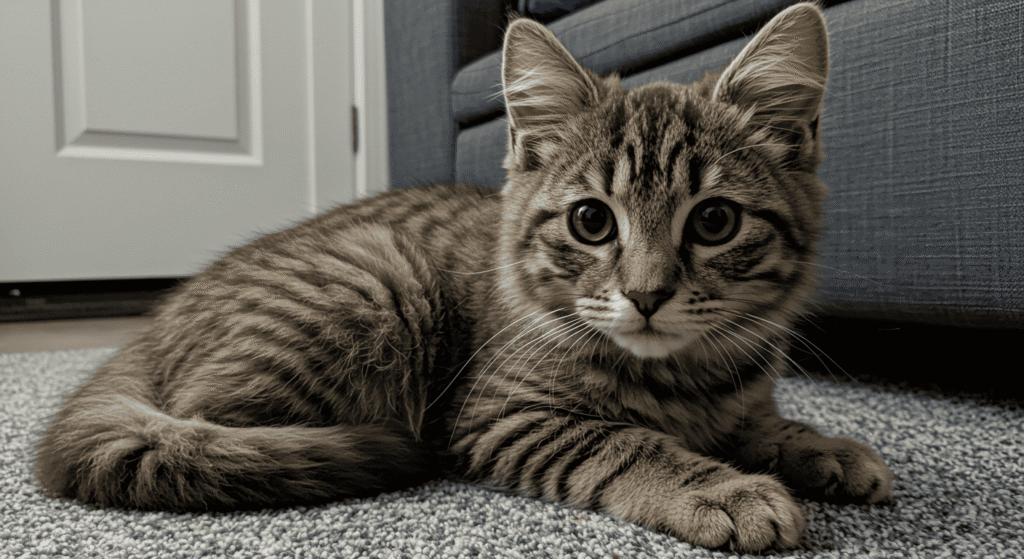
The most effective pet odor eliminator starts with your pet’s own hygiene. By maintaining regular grooming habits, you can significantly reduce the smells that seep into your home. Grooming not only keeps your pet healthy but also minimizes the natural oils, dirt, and bacteria that cause those stubborn odors. Here are some practical grooming tips to help you tackle pet odors at the source.
Regular Bathing Tips Without Stressing Your Pet
Bathing your pet regularly is crucial to controlling odor, but it’s important to keep the experience as calm and gentle as possible. Use lukewarm water and pet-friendly shampoos designed to neutralize odors without stripping natural oils that keep your pet’s coat healthy. Avoid over-bathing, which can dry out skin and cause more odor issues. Create a soothing environment by talking softly and using treats to make bath time something your pet looks forward to, not fears.
Brushing and Coat Care to Cut Down Smells
Regular brushing removes loose fur, dirt, and dander—major contributors to household odors. Brushing also helps distribute your pet’s natural oils evenly, reducing the oily buildup that can lead to smelliness. For pets with longer coats, frequent grooming is especially important to prevent matting, which traps odor-causing bacteria. Consider incorporating grooming wipes between brushings for a quick refresh and extra odor control.
Diet’s Role in Your Pet’s Natural Scent
Believe it or not, what your pet eats can influence their natural scent. A balanced diet rich in omega-3 and omega-6 fatty acids promotes healthy skin and a shiny coat, which can reduce odor. Foods high in fillers or low-quality ingredients may lead to stronger body odors or digestive issues that cause unpleasant smells. Discuss your pet’s diet with your veterinarian to ensure they’re getting the right nutrition to support a fresher-smelling coat and overall well-being.
Preventing Pet Odors Before They Start
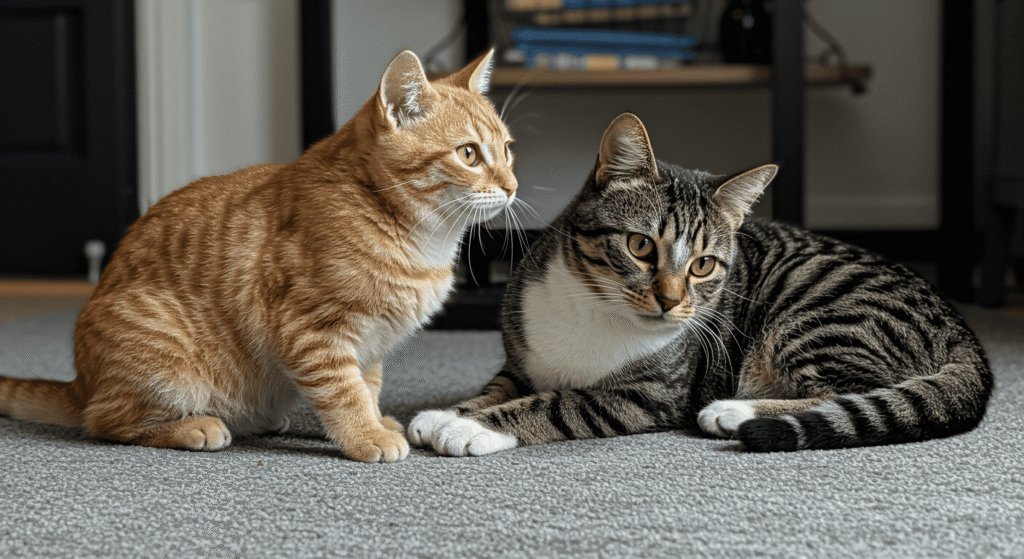
The best pet odor eliminator strategy is one that focuses on prevention. By designing your home and routines thoughtfully, you can reduce the chances of odors taking hold in the first place. Preventing odors means controlling the environment your pets live in and managing common odor hotspots before they become a problem. Let’s explore smart habits and home setups that keep your space smelling fresh.
Setting Up Pet “No-Go” Zones and Clean Spaces
Designating specific areas where pets are allowed—or not allowed—can significantly reduce odor buildup. For example, keeping pets out of bedrooms or on certain furniture helps contain smells to manageable zones. Create comfortable, clean spaces for your pets to relax that are easy to clean and ventilate. Using washable rugs or mats in these areas makes odor management easier and helps maintain a fresher home environment overall.
Best Practices for Litter Boxes and Pet Bedding
Litter boxes and pet bedding are common sources of persistent pet odors. Regular cleaning is a must, but how and where you maintain these items also matters. Place litter boxes in well-ventilated areas, ideally away from high-traffic spaces, to minimize odor spread. Change litter frequently and use odor-absorbing liners or mats underneath. For pet bedding, opt for washable covers and wash them often with odor-neutralizing detergents to keep smells in check.
Air Purifiers and Dehumidifiers: When and How to Use Them
Sometimes, controlling pet odors requires technology to complement your cleaning efforts. Air purifiers equipped with HEPA and activated carbon filters effectively remove airborne pet dander and odors. Dehumidifiers help by reducing moisture levels that encourage odor-causing bacteria and mold growth. Position these devices strategically in rooms where pets spend most time for best results. Keep in mind that while these tools are helpful, they work best alongside regular cleaning and odor prevention habits.
Quick Fixes for Emergency Odor Situations
Sometimes, no matter how careful you are, pet odors can pop up unexpectedly — a sudden accident, a surprise visit, or a quick trip in the car. Having fast and effective pet odor eliminator tricks up your sleeve can save the day and keep your home smelling fresh when it matters most. Here are some reliable quick fixes for those emergency moments.
Spot Cleaning Hacks for Unexpected Accidents
When your pet has an accident, prompt action is key. Blot the area immediately with paper towels or a clean cloth to soak up as much moisture as possible. Avoid rubbing, which can spread the stain and odor deeper. Next, use a natural enzymatic cleaner or a homemade spray (like diluted vinegar and water) to break down odor-causing bacteria. Allow the area to air dry completely before letting pets back onto the spot.
Odor Neutralizing Tricks When Guests Arrive
If you’re expecting visitors and need to quickly freshen up your space, try a few fast pet odor eliminator hacks. Open windows to increase ventilation, light a safe beeswax candle or simmer a pot of water with citrus peels and herbs to create a natural fresh scent. You can also sprinkle baking soda on carpets and upholstery and vacuum it up before guests arrive. These simple tricks help neutralize odors without masking them with overpowering fragrances.
Portable Odor Eliminators for Cars and Small Spaces
Pets often travel with us, bringing their unique scents along for the ride. Keeping a portable pet odor eliminator on hand for your car or small spaces is a smart way to tackle odors on the go. Small packets of activated charcoal, travel-sized spray bottles of natural odor neutralizers, or compact air purifying gadgets are perfect for this purpose. Use these tools after trips or spontaneous pet outings to maintain a fresh-smelling environment wherever you and your pet go.
Creating Your Personalized Pet Odor Control Plan
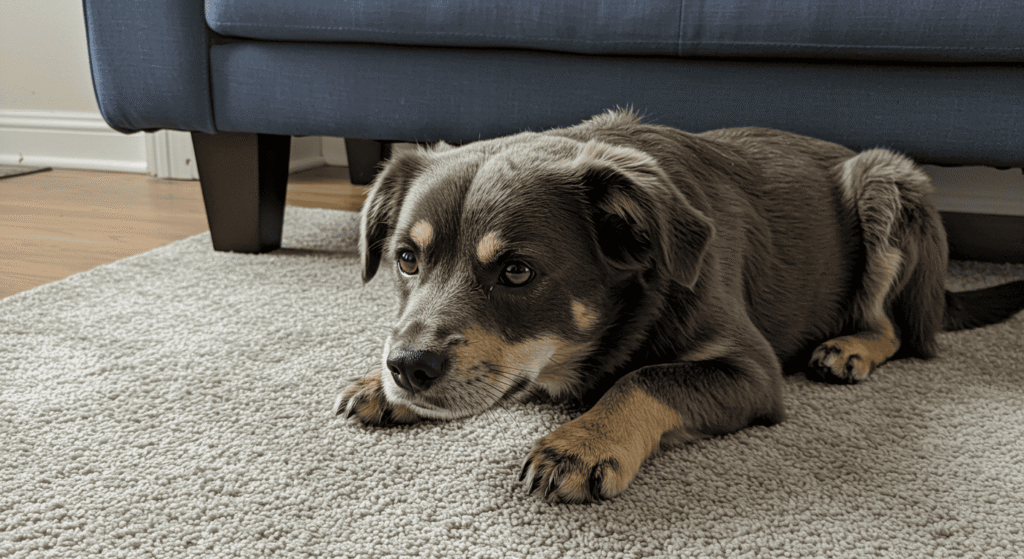
Every home and pet situation is unique, so a one-size-fits-all pet odor eliminator approach rarely works long-term. Creating a personalized odor control plan tailored to your lifestyle, living space, and pet habits is the key to maintaining a consistently fresh environment. This final section will guide you through assessing your needs and building a plan that fits seamlessly into your daily life.
Assessing Your Home’s Odor Hotspots
Start by identifying the areas in your home where pet odors tend to accumulate most. Common hotspots include pet beds, carpets, litter box locations, furniture, and even corners where your pet spends time. Pay attention to less obvious spots too—like underneath cushions or inside closets. Conduct a quick walkthrough with a checklist or simply note the areas that often require extra cleaning or freshening. Knowing these trouble zones helps you prioritize your efforts and apply targeted solutions rather than wasting time and energy on less problematic areas.
Combining Natural and Practical Methods That Fit Your Lifestyle
Once you’ve pinpointed your odor hotspots, think about the methods that fit best with your daily routine and preferences. Maybe you prefer natural remedies like baking soda, activated charcoal, and essential oils to keep things chemical-free. Or perhaps you lean more on practical approaches like regular deep cleaning and air purifiers. The most effective pet odor eliminator plan blends these strategies—customized to your time, budget, and comfort level—to create a balanced system that’s sustainable long term.
Tracking Your Progress: When to Step Up Your Routine
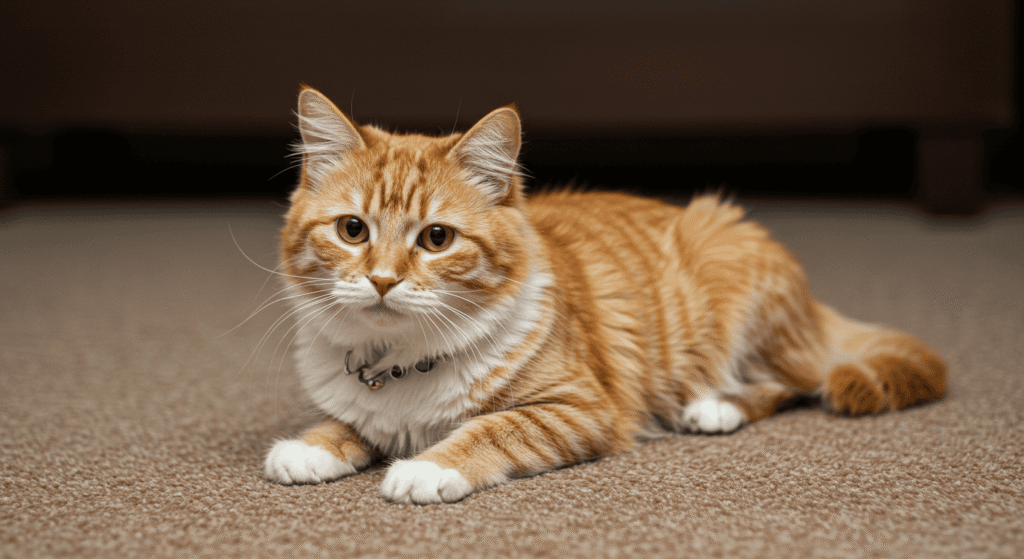
Maintaining a fresh-smelling home requires ongoing attention. Keep track of your efforts by noting when odors return and which methods provide the best results. If certain spots continue to develop odors despite your routine, it might be time to step up your cleaning frequency or try new approaches. Consider setting simple reminders or using a home care journal to log your odor control activities and outcomes. This way, you stay proactive and can adjust your plan as needed for the best, freshest results possible.
Mastering the Art of Pet Odor Eliminator Routines
Dealing with pet smells doesn’t have to be a constant battle. With the right mix of habits, natural solutions, and practical tools, you can build an effective pet odor eliminator routine that works for your lifestyle. Whether you’re tackling deep-set smells or preventing them before they start, a little planning goes a long way. Stay consistent, stay proactive, and most importantly—enjoy a cleaner, fresher home for both you and your furry companions.




